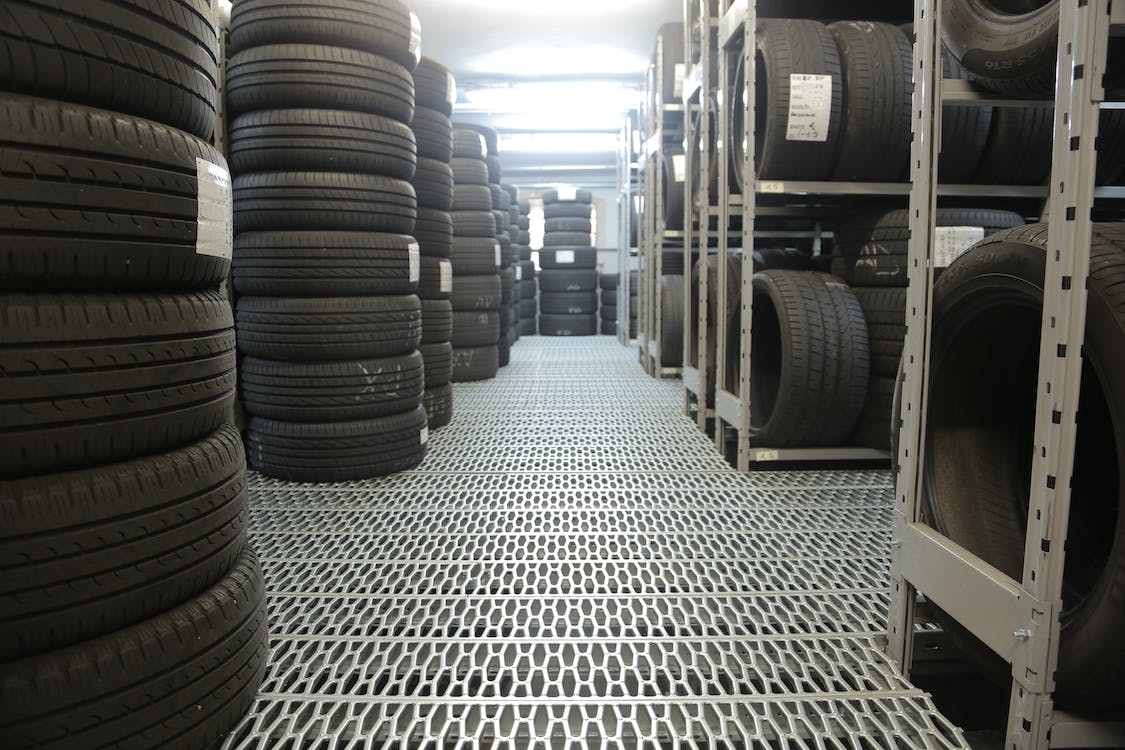Tires are kind of like shoes for your car. They take the brunt of the damage from the road, just like your shoes protect your feet from the sidewalk. And just like your shoes, tires get worn out over time and need to be replaced. Driving on old tires becomes dangerous as they get worn down, especially in extreme weather conditions like rain, sleet, snow, and ice.
The safety of a tire is measured by its tire tread. A new tire tread measures between 10/32 and 11/32 and will wear down over time. The purpose of the tread is to help disperse water so that the tires maintain traction in rain and other similar weather. Once the tread gets close to being flush with the tire itself, it becomes unsafe.
How do you know if your car tires are still safe or if they are too worn down? Here are some methods to indicate whether the car tires are worn out:
Test with a penny
There is one test you can do to quickly visualize if the tread on your tire is too worn down. All you have to do is place an American penny with Lincoln’s head pointed down. You want to place the penny in the groove between two of the tire treads. As long as the tire treads are taller than the top of Lincoln’s head, your tires are okay. Once they get lower than that though, you should start thinking of replacing them.
While Americans likely have a penny kicking around at all times, Canadians and people in other countries may have a little more trouble locating one, especially an American one. Luckily, there are a few other tricks that can let you know if it’s time to start looking for new tires.
Use a tool
There’s a handy little tool called a tire tread depth gauge. These tools can be purchased for as low as $5. Keep one on hand in your glove compartment so you can easily gauge your tire tread accurately whenever and wherever you may be.
The official measurement in most areas for an unsafe tire tread is when it gets to 1/16 of an inch or 0.16 cm. Anything more than that is still safe, and anything lower is unsafe and likely illegal. If you’re unsure, you can check the precise guidelines for your region, but the above measurement is a good guideline.
Use the tread bar as a guide
Tires come with a really cool little feature called a tread bar. The tread bar is a little bar in the space between the treads, which demonstrates the lowest level the tread should reach before the tires are replaced. Once the tread is flush with that bar, it’s time to look into getting some new tires.
Check for irregular wear
All of the above tips are the standard ways to check if your tires are too worn down, but you should also keep an eye out for irregular wear and tear. This means checking if one side or area of the tire is more or less worn than another. It might also be possible that one whole tire is significantly more worn than the other. This can be caused by improper or uneven inflation, if the tires are not properly aligned, or if the tires need to be rotated.
If you see signs of uneven wear, it’s definitely a good idea to check in with a mechanic before just opting to change out the tires. You may still need to replace the tires, but a mechanic will be able to tell you if there are any other issues that need attention.
Get new replacements
If you don’t drive too often, you may be able to keep a set of tires for up to six years. After that amount of time, you should be replacing them. When tires become too old, they’re not safe, regardless of the tire tread measurement. The official maximum age for a tire is 10 years, but that is from the date of manufacturer, and not the amount of actual drive time the tire can handle.
Tires can deteriorate even when they’re not in use. Another thing to note is that tires will age faster in warmer climates, so keep that in mind if you’ve had the tires for a while.
Don’t get complacent
You’re not only putting yourself and your passengers at risk if you neglect your tire safety. You’re also putting everyone else on the road at risk. Be diligent about your tire safety and be knowledgeable about when your tires are not safe to drive on. Changing your tires is crucial to being a responsible driver. Finally, if your tires are getting to the end of their life, be extra careful in extreme weather conditions.

